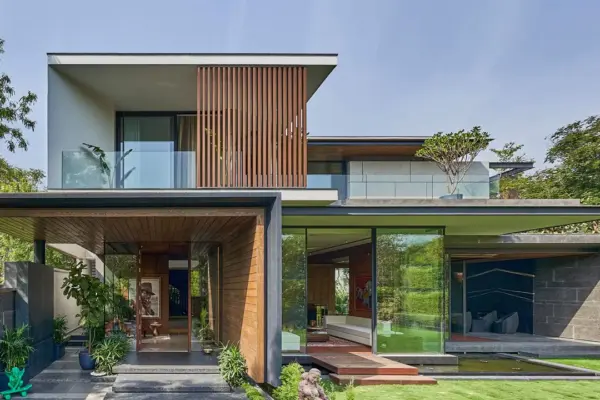Highlighting Pros and Cons of Mud Houses
Consider these benefits and drawbacks before investing in a mud house
A mud house is a building constructed with the soil dug from the same land where the house is built. There are several pros and numerous cons to building a mud house, which one should be familiar with before committing to making one. The soil is ameliorated and enhanced by natural additives that are easily available like rice husk or paddy straw, etc.
The process observes soil tempering by thoroughly breaking it up, watering, kneading, and molding it into compressed stabilized earth blocks. These blocks are reusable, have high heat resisting capacity, and slow the rate of temperature changes in the ambient air.
Mud houses have been a part of human construction since ancient civilizations. Mud houses are incredibly easy to build, inexpensive, and environmentally friendly. However, this form of green architecture has many pros and cons that you should consider before investing in a mud house.
Pros of Mud House
There are plenty of benefits to building a mud house. As mud is available in abundance, it can be procured at reasonable rates. This way you cut back on your transportation costs. These houses are fire-resistant and offer good insulation, soundproofing, and so on.
Cost-Effective
With mud being a widely abundant and locally-sourced material, you can reduce or mitigate your transportation costs for raw material. The rice husk or paddy straw for strengthening and binding the soil can be sourced locally at quite cost-effective rates. Although the process is labor-intensive, the cost-cutting for the materials makes it inexpensive when compared to other building techniques.
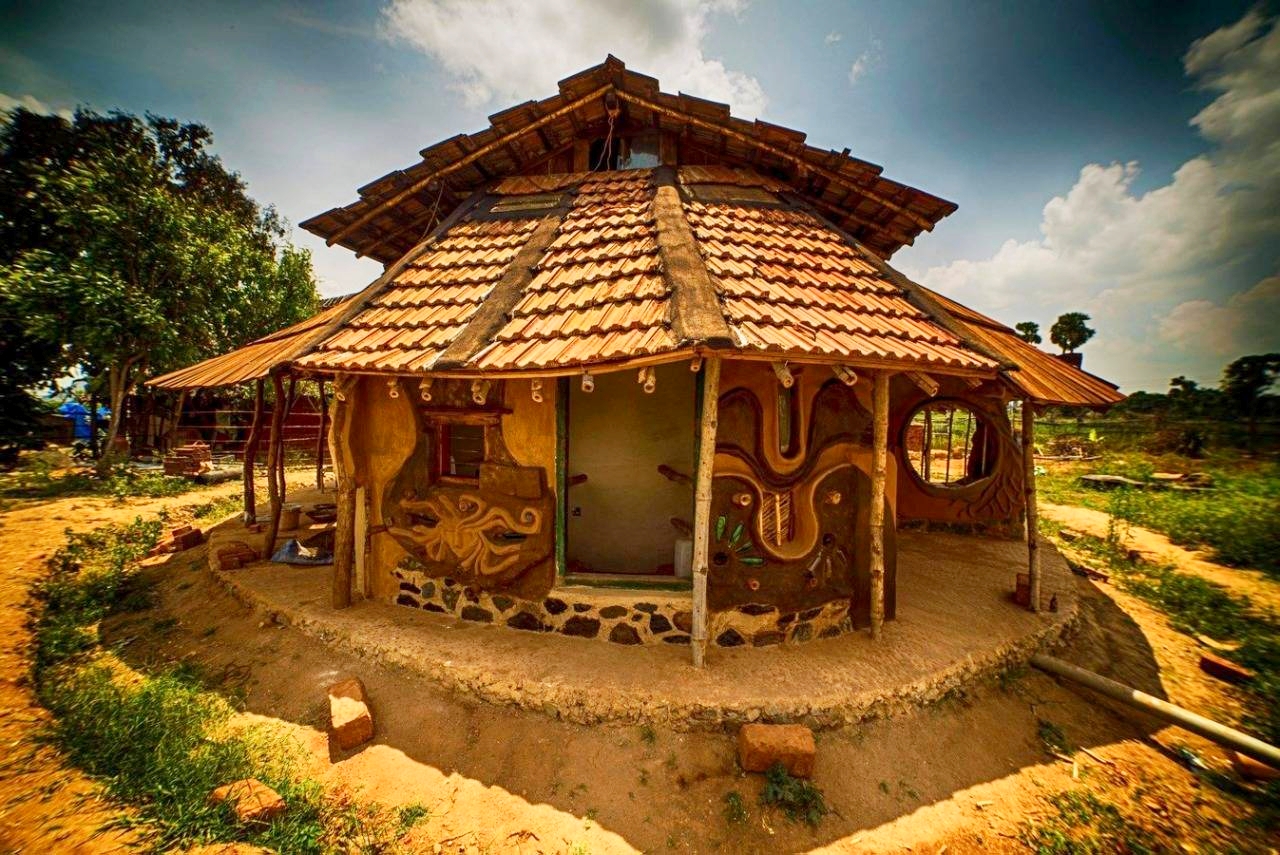
Image: Thannal
Strong and Durable
Mud houses have proven to be incredibly strong and durable. It can last centuries without sustaining damage from disasters. Dried naturally in the sun, stabilized mud bricks can be a solid construction material for walls and floors. Moreover, it does not involve the extensive firing or manufacturing process like other materials, making it one of the most environmentally sustainable construction methods.
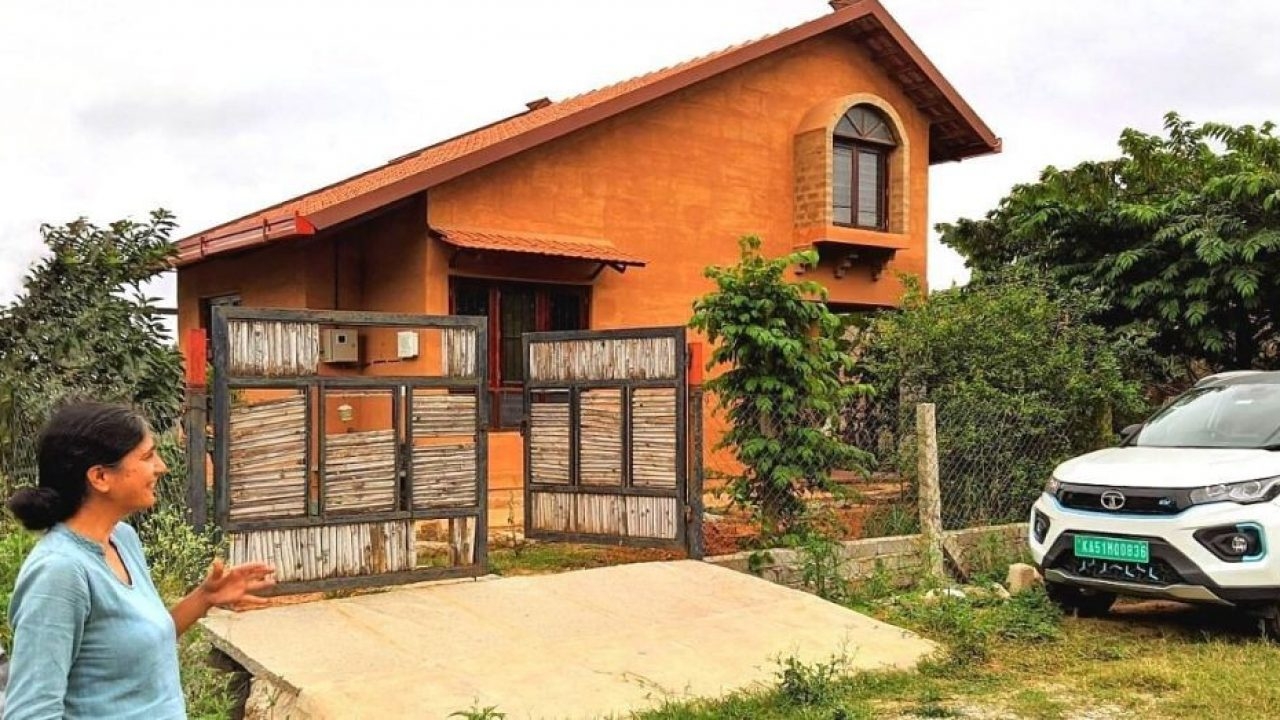
Image: The Better India
Energy-Efficient
The walls and floors of mud houses are naturally insulated, which provides thermal comfort inside the construction. The temperatures in the house decrease during the scorching summers, while the mud walls keep the house warm in winters. The mud walls are porous and can breathe, which helps in maintaining a comfortable temperature. This energy-efficiency trait helps keep your energy bills significantly less.
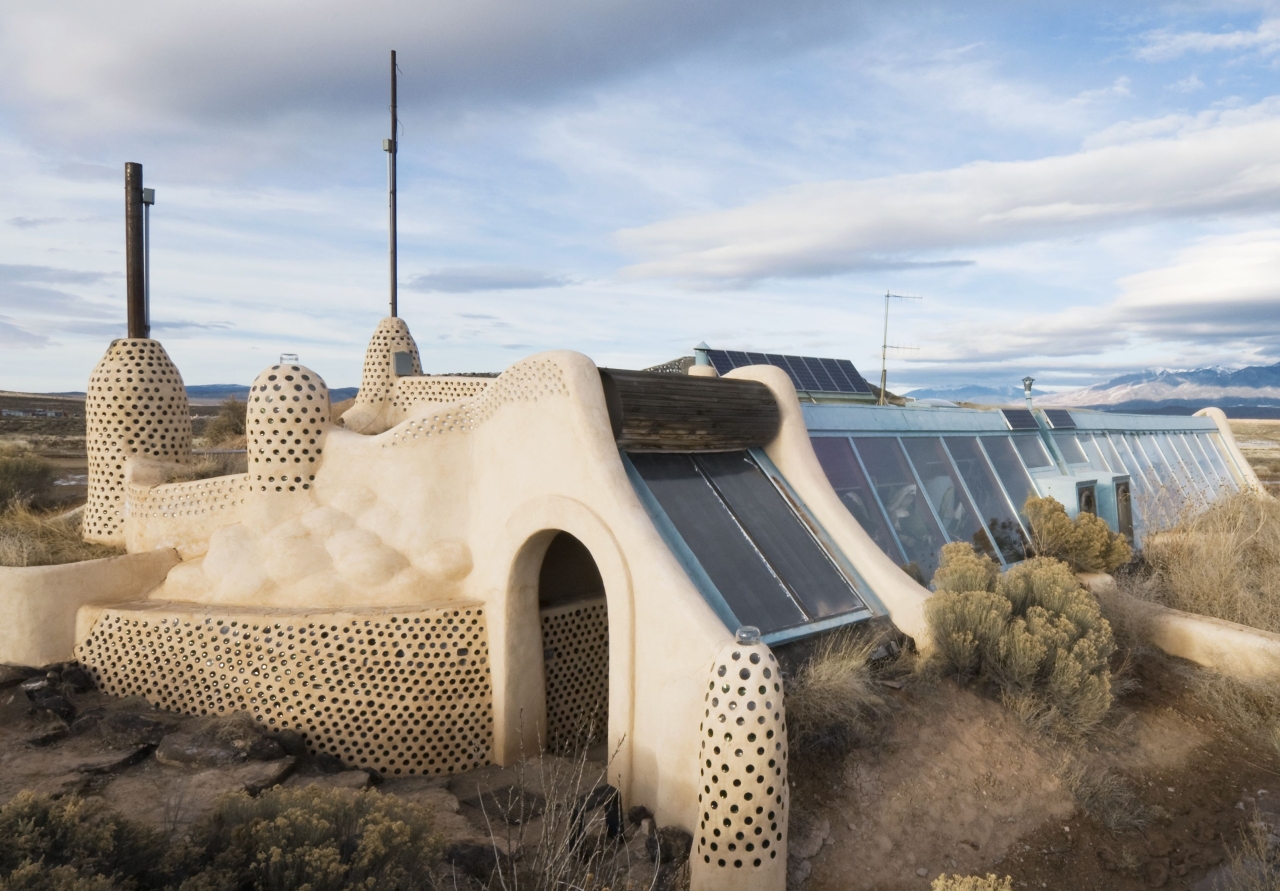
Image: Christian Aslund
Sound-Proofing
Mud bricks are dense and solid construction material, which helps with sound absorption. The high density means that mud buildings have good sound insulation as it helps with dampening the acoustic transmitted through the construction. Different kinds of mud houses will offer different degrees of soundproofing to your home.
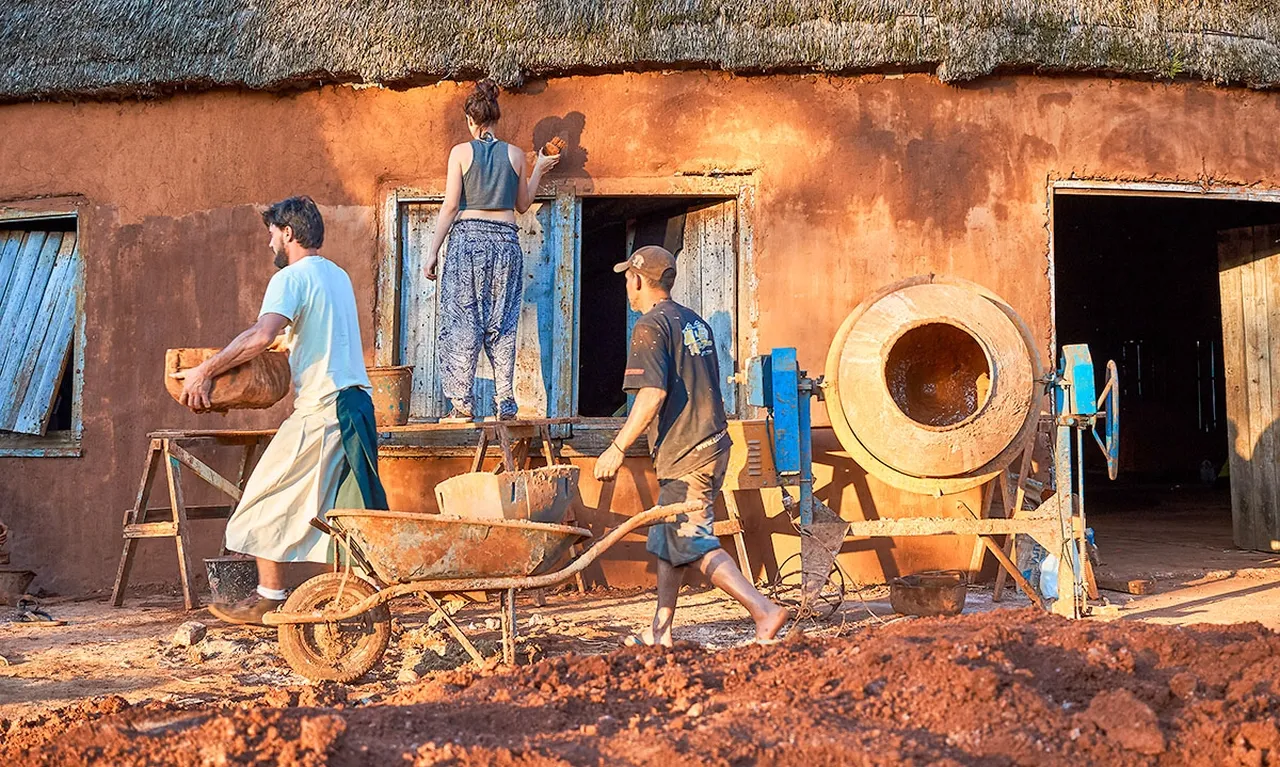
Image: Henrique Nishimura
Recyclable and Biodegradable
Mud houses are recyclable and biodegradable. The basic construction material, mud, is reusable. They are excellent when it comes to a circular economy, as they easily go back to nature, from where they came at the end of their life. When they are dismantled, the raw materials can be recycled and reused.
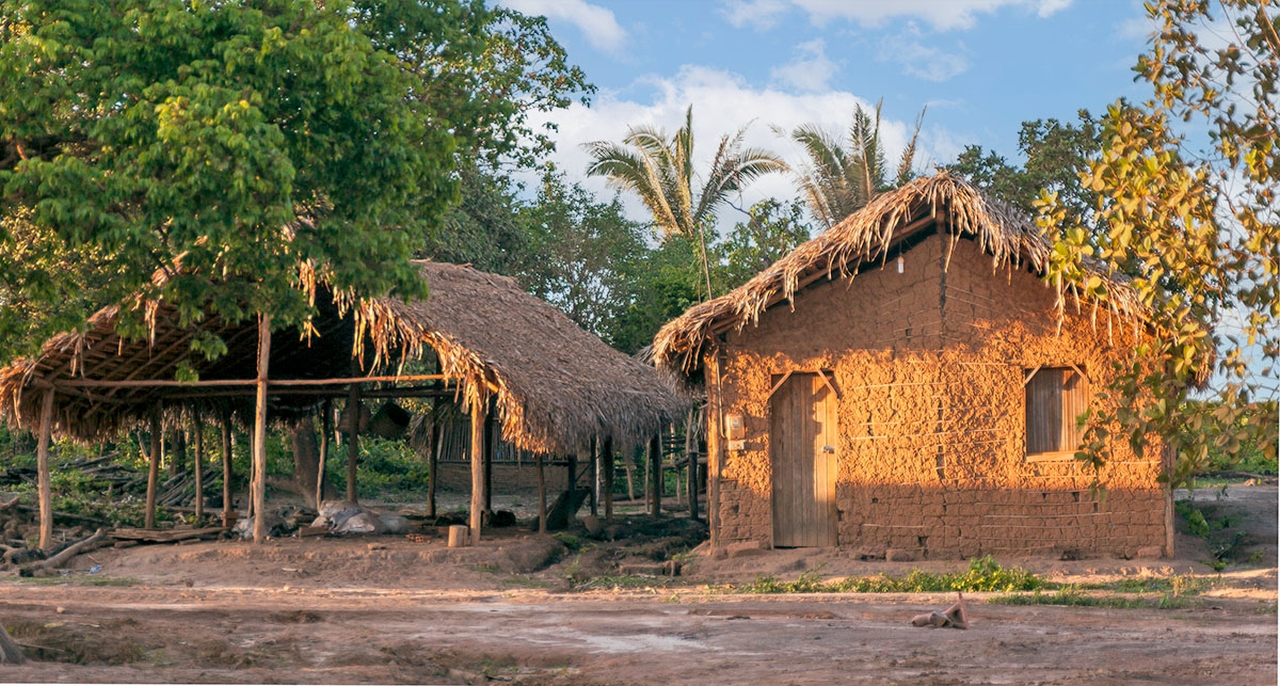
Image: Luciano Queiroz
Less Carbon Footprint
It might come as a surprise to you, but the cement industry generates eight percent of the global carbon emissions. If you are choosing mud housing over cement infrastructure, it is bound to reduce your carbon footprint. On the contrary, mud has a negligible carbon footprint as it is recyclable, is dug out of the earth, and eliminates transportation emissions.
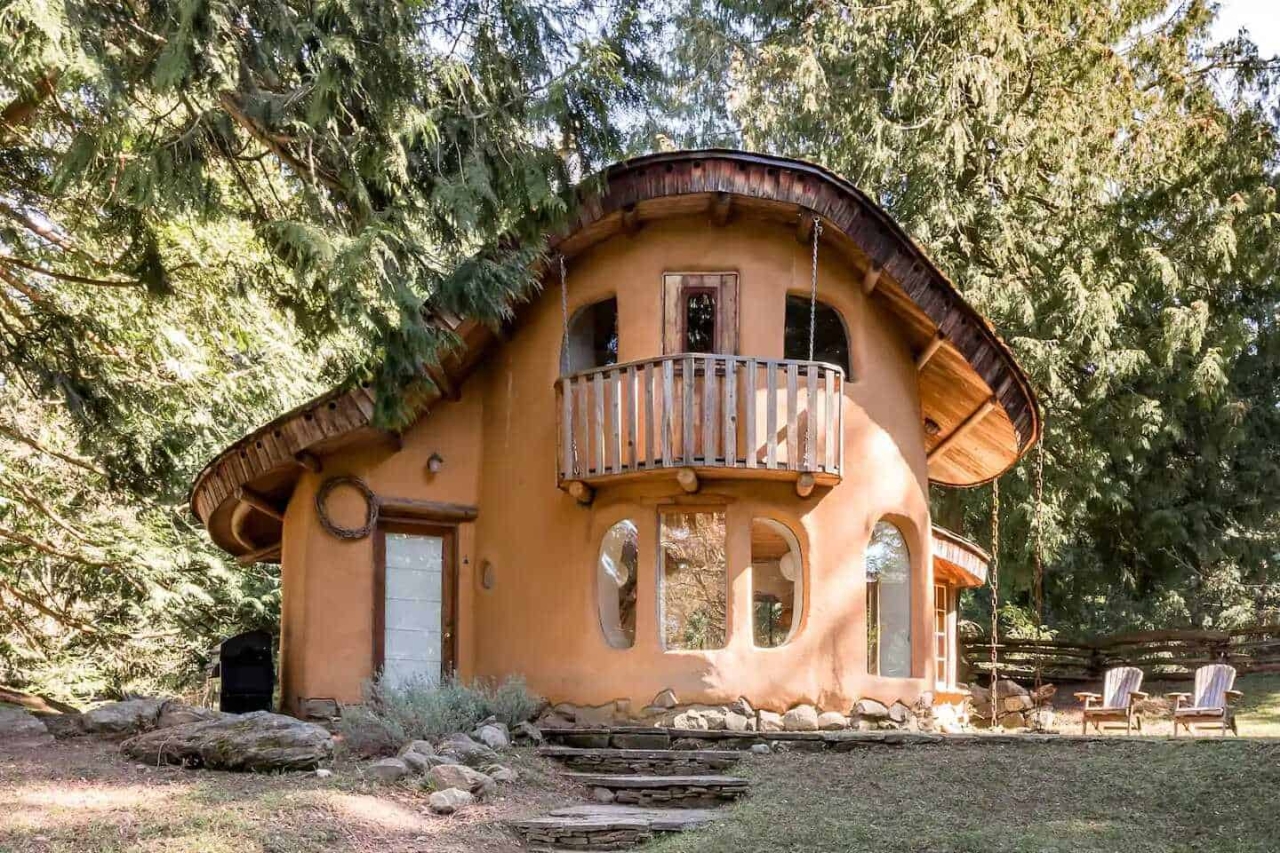
Image: Airbnb
Cons of Mud House
While there are advantages, there are certain disadvantages to building a mud house. For instance, if constructed poorly, mud houses are susceptible to damage from strong winds, rain, and flooding. As they are weak building materials, they need frequent care and maintenance. Moreover, they can easily be affected by dampness and may smell musty for a few days after construction.
Needs a Lot of Space
One of the biggest disadvantages of mud house construction in current times is that it requires a lot of space for building as mud bricks are twice the size of regular bricks. If you do not have ample space, your mud house can feel a little stuffy and constrict.
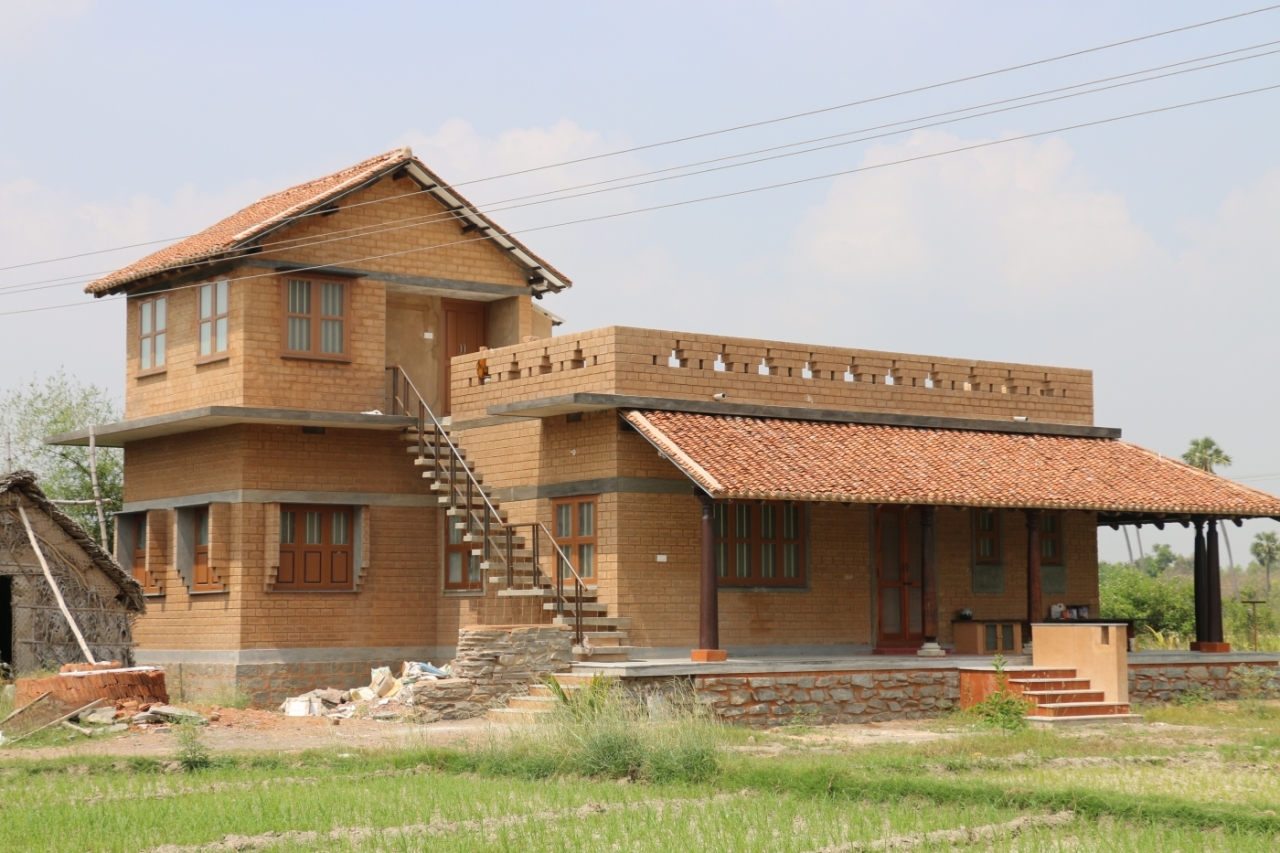
Image: TU Delft
Vulnerable to Floods
Mud has a low moisture resistance, which can serve as a breeding ground for bacteria if you fail to pay attention to it. Similarly, intense and frequent flooding incidents can weaken the foundation and walls of a mud house by washing away the crucial binding matter over time, causing it to collapse.
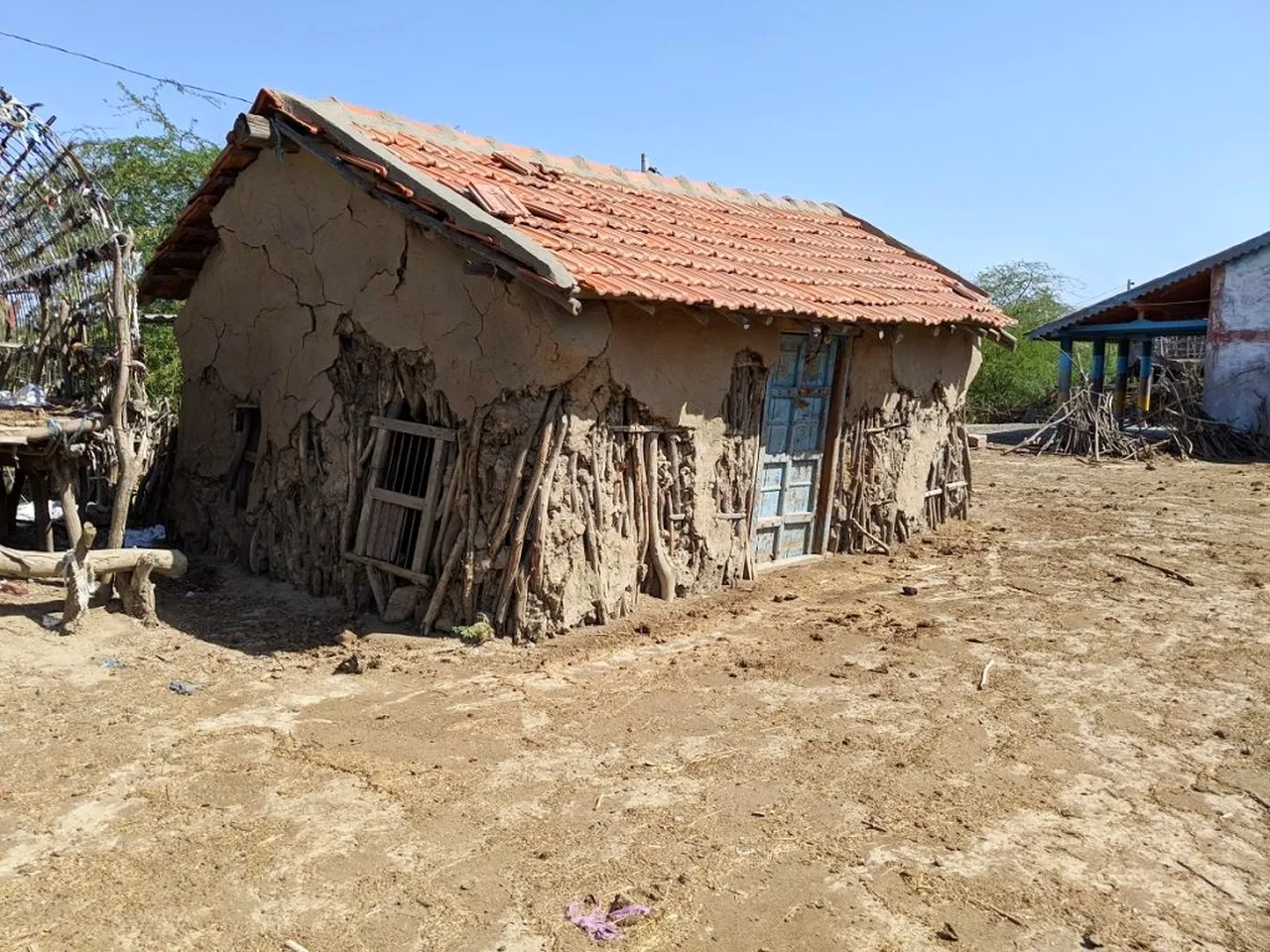
Image: Kabir Agarwal
Susceptible to Insect
As your mud house is made from the same material as beneath your feet, it is pretty much vulnerable to a variety of insects. Rats, cockroaches, and other pests can easily infiltrate through the mud construct and wreak havoc inside.
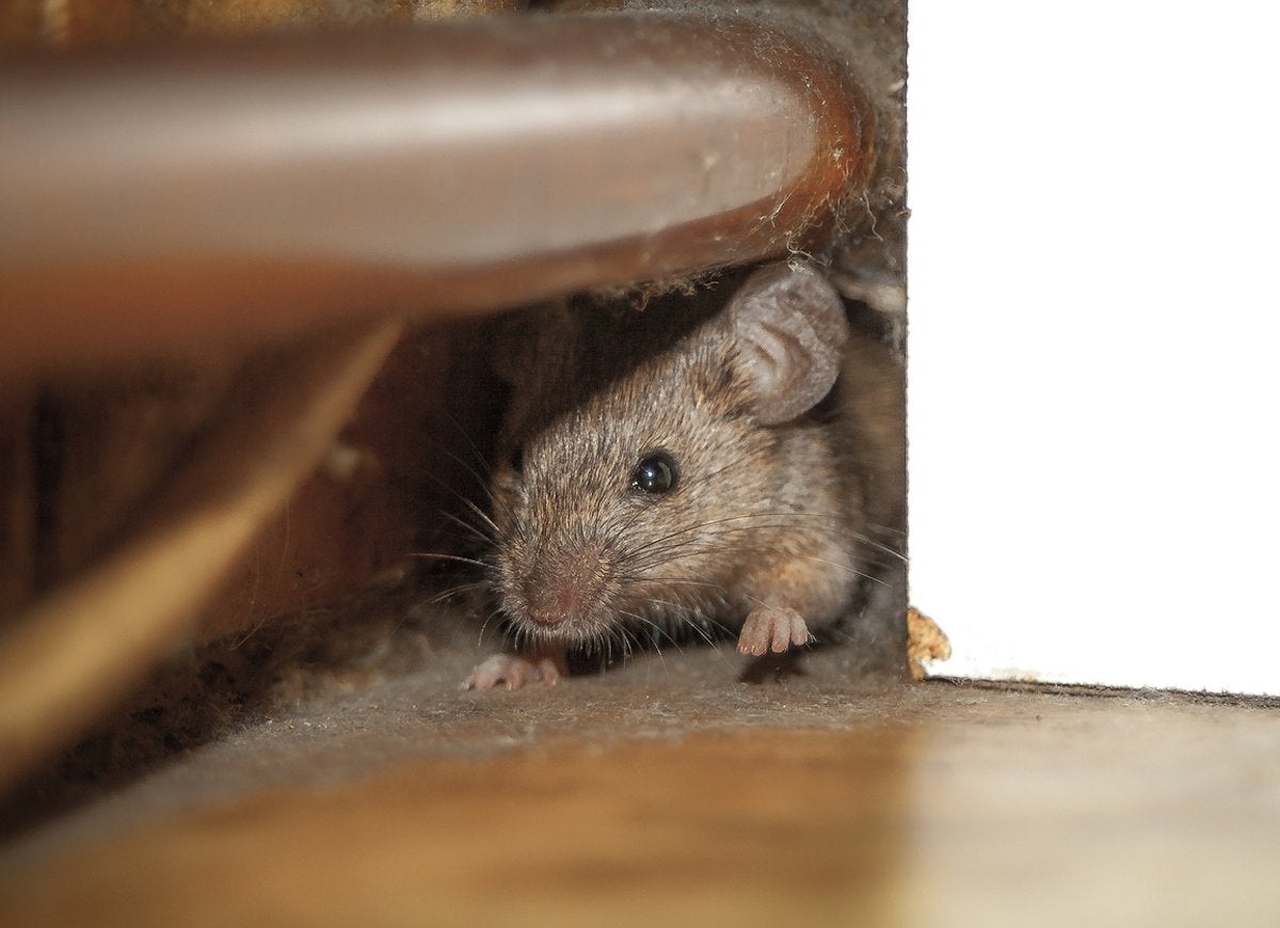
Image: Bob Vila
Require Thorough and Frequent Maintenance
Mud buildings require a lot of regular maintenance. As it has low tensile strength and can come apart easily, you need to keep a track of any cracks and mend them as soon as they appear.
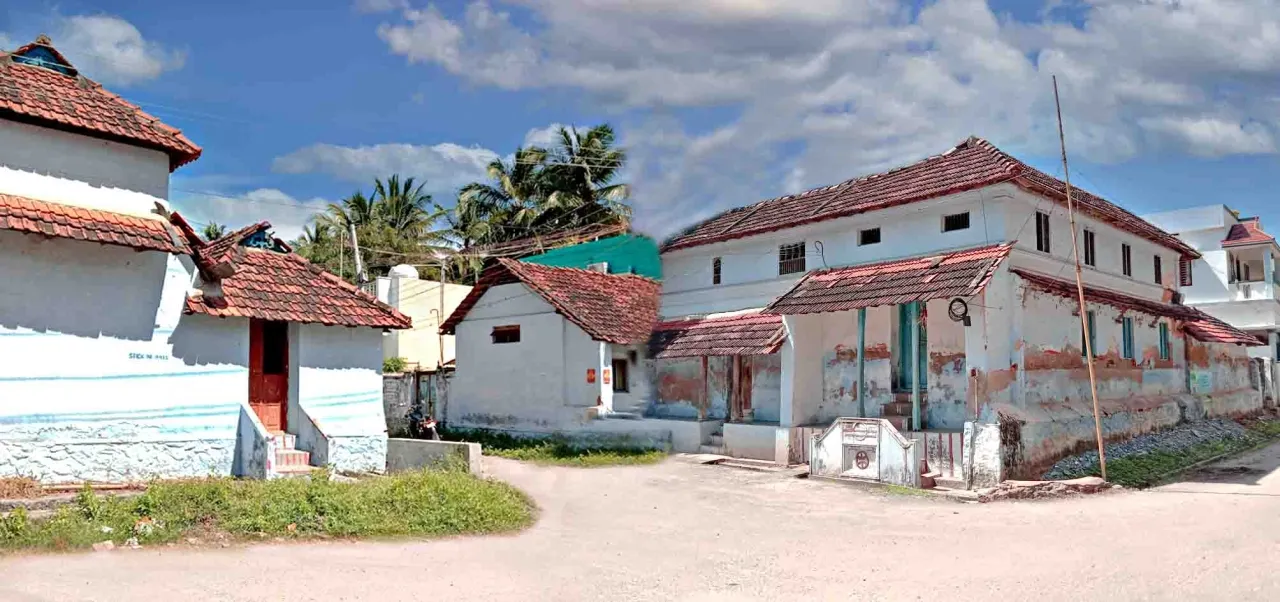
Image: Thannal
